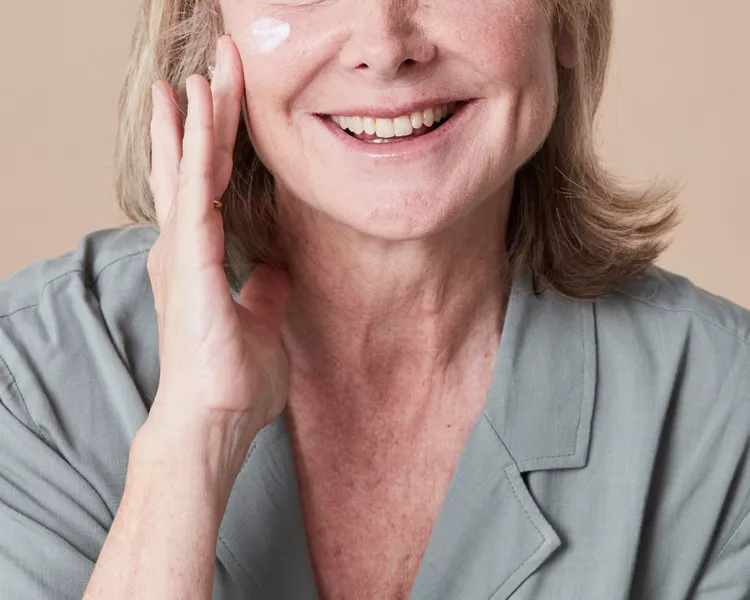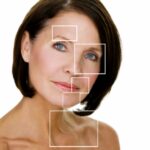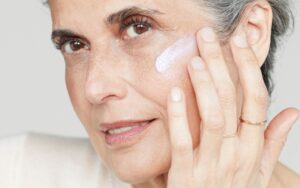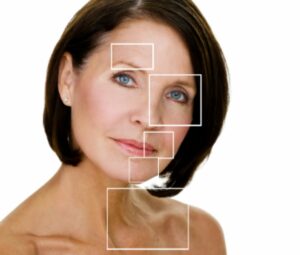
Over the years brown or black marks appear on the face, mainly in the areas exposed to the sun, on the face and hands. These marks may have different names but they are all darker than the surrounding skin which is why they are called “spots" the "discolorations». The most common are the melasma (or panada) and the solar lenses.
How do these come about? In our skin, we all have melanocytes, i.e. cells that produce a substance, melanin, which is responsible for our color. Darker-skinned people have more active melanocytes that produce more melanin, while lighter-skinned people have less. The melanin is then distributed evenly to the keratinocytes, the main cells of our skin. When our skin is significantly exposed to the sun, at some point the melanocytes produce more melanin in certain places and this causes solar lentils and melasma. As for melasma, it is also often triggered by hormonal changes such as pregnancy, contraceptives or replacement therapies that we may take at menopause. It gets worse with UV light, but we know visible light and infrared from devices also affect it.
So what can we do about dyschromias?
First thought is always the prevention. It is never too late to prevent our discolorations from getting worse or new ones appearing. We know that the sun is to blame for their appearance and of course when we avoid it they decrease. Even when the weather is not good, ultraviolet rays (mainly UVA) penetrate the clouds and reach our skin to stimulate melanin production. It is also known that both visible and perhaps infrared light can induce melanin production, especially in dark skin. That is why it is very important to apply sunscreen every day 365 days a year and for darker skin choose sunscreen products with special natural filters or pigments that also protect against visible light. It's never too late to get the right behavior in the sun, seek the shade, wear a hat and apply the right sunscreen every day.
They also have a role in the prevention of discoloration antioxidants, and this is because it has been proven that oxidative damage from exhaust gases in cities increases the possibility of discoloration. Antioxidants neutralize this risk to a certain extent.
Then, next step after prevention is trying to eliminate dark marks, spots. This might be done with creams containing bleaching substances which reduce melanin production by melanocytes. Such substances are hydroquinone (which has restrictions on its use in Europe and is prescribed by dermatologists), azelaic acid, kochic acid, cysteamine, tranexamic acid and other substances. Another approach is the substances that prevent the transfer of melanin to keratinocytes, for example niacinamide. We can also apply substances that cause keratolysis, that is, they remove from the skin keratinocytes that have increased pigment and thus the color of the skin is more uniform. For example fruit acids, topical retinoids or salicylic acid. Ideally, when we talk about skin whitening with creams, we deal with the problem from many sides, we combine different substances with different actions for a better result.
Our dermatologist suggests which combination is best for each person. Of course, the dermatologist's job during the examination is also to confirm that the discoloration is harmless to our health and that it is not a cancerous or precancerous lesion. Also, the dermatologist may reinforce the whitening effort with creams with special treatments that are done in the doctor's office.






No comment yet, add your voice below!